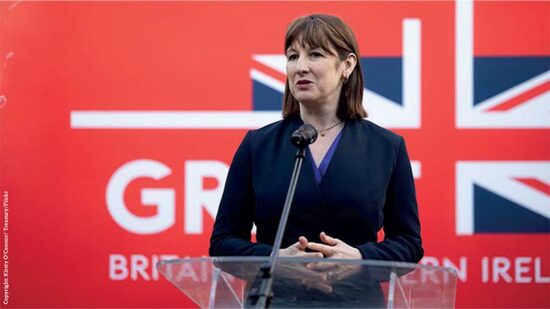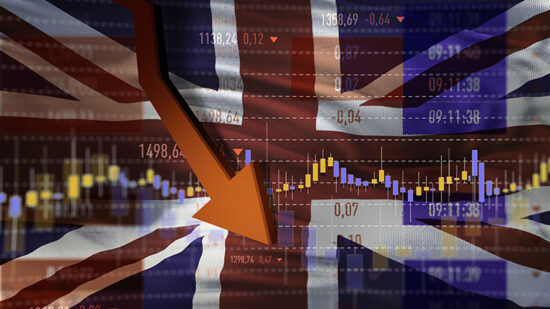Alger defines growth as “dynamic change”, in part defined by what most investors think of as ‘growth’, which is companies with rapidly growing revenues, unit volumes and market share.
“Where I think Alger is differentiated, is in what we call ‘lifecycle change’: companies that have been through a period of difficulty or low growth, where new management, product innovation and/or a change in industry dynamics is a catalyst for renewed growth and P/E expansion,” says Adams.
As a growth investor, Adams points to the ‘big three’ sectors, which are the most high growth areas of the economy in a low-growth environment: technology, healthcare and consumer discretionary.
FANGS with a bite
High-profile US internet names are a big growth call for investors today, particularly the so-called FANGs – Facebook, Amazon, Netflix and Google (now Alphabet) – which have actually performed relatively poorly in 2016 so far.
Hollie Briggs, manager of Loomis Sayles US Equity Leaders fund, has been an investor in the likes of Amazon and Google/Alphabet since her strategy was formed in 2006, but still sees plenty of ongoing potential in her hunt for long-term “secular” growth stories.
“The secular growth driver for Google is the transition to online advertising. It is a great brand with a huge network and ecosystem,” Briggs says.
“Total global advertising spend is $600bn to $800bn, but only 20% of that is online. Google has one-third of that online total, and Facebook has less than 2%. You should then consider that advertising makes up 90% of Google’s revenue, which includes the search engine and YouTube, with video advertising being very nascent.”
Briggs reels out more facts on Amazon, which she singles out for its competitive advantages over other retailers on price, selection and convenience. “Globally, total retail spend is around $13trn, but only 7-8% of that is online. Amazon has 10% of that online figure. Its online retail portion is high single digits. It was low single digits nine and a half years ago when we bought it. In 10 years it is still not going to be a deeply penetrated company.”
Briggs describes a value element to her strategy with every holding trading below its estimated intrinsic value. Once it reaches this price, it will be sold.
Despite suggestions that market technicals point to value investors seeing better prospects going forward, she stresses that the big secular shifts described above will remain intact.
Whether or not true growth sectors will continue to deliver is a moot point. While more encouraging performance so far this year from commodities has brought cheer to many a portfolio, other typical value sectors such as financials and industrials have yet to rally.
Growing pains
According to Peters, the story of 2016 so far is not an outperformance of value, but rather an underperformance of growth and momentum stocks, such as the aforementioned FANGs.
He says: “In the past few months in the UK, growth has stopped outperforming consistently and it is starting to trend down. It could be a blip, but if it keeps going we could see outperformance from the likes of Alastair Mundy [Investec], Richard Buxton [Old Mutual] and Schroder UK Recovery.








